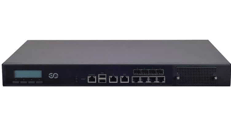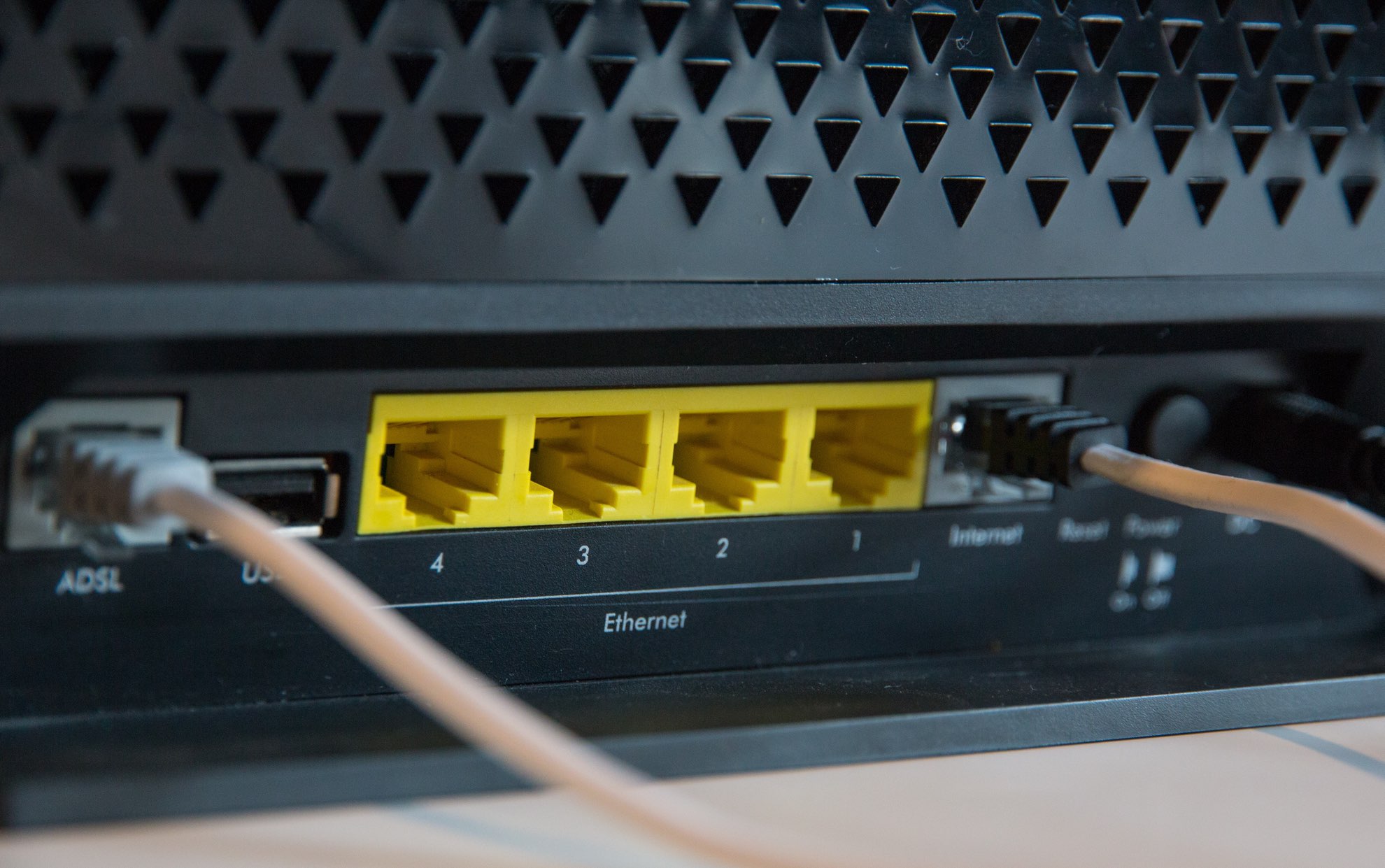What is uCPE?
 uCPE, which is an acronym for Universal Customer Premises Equipment, was designed to replace legacy hardware Customer Premises Equipment, or CPE. Previously, network functions and services had to be stored on physical Edge devices, known as CPE.
uCPE, which is an acronym for Universal Customer Premises Equipment, was designed to replace legacy hardware Customer Premises Equipment, or CPE. Previously, network functions and services had to be stored on physical Edge devices, known as CPE.
These hardware devices were typically installed in any of the clients locations, such as a data center, branch office or even in home/remote locations. This caused problems, because each network function required a hardware device, and each hardware device needed configuring, maintaining and potentially replacing - all of which had to be done by an engineer on-premises. Further, should a business choose to either upgrade their network or change vendor/service provider, more CPE would have to be procured, increasing costs further for shipping and more configuration. Examples of legacy hardware equipment includes anything from firewalls to WAN optimization devices and routers.
Today, legacy CPE equipment has been replaced with uCPE, which allows network functions to be virtualised - a process called Network Function Virtualisation, or NFV. This essentially involves replacing multiple hardware devices with Virtualised Network Functions (software), also known as VNFs. A good way to think of this is that most people no longer have a record player in their home. Instead, that hardware has been 'avirtualised’ - replaced by software such as Apple Music or Spotify. This is beneficial to clients as it means that they only require one hardware appliance (the uCPE box) to perform all the network functions that are required by a business. uCPE does this by allowing the converted software to run in the virtualisation layer.
How does uCPE benefit the user?
Aside from saving space due to only requiring one hardware appliance as opposed to 20, uCPE offers users many benefits. It can reduce costs, as first of all it requires less electricity to run a single appliance, but it also means that clients can leverage solutions from multiple vendors without the need to buy individual hardware appliances for each one. This is made even more efficient by zero-touch provisioning, which allows engineers to configure a device remotely, removing the need to travel to a site in person. The device is simply shipped out to a client site and remotely configured by an IT team. Further, uCPE can reduce the risk of introducing new services to clients. In the past, this would have involved shipping out a brand new hardware device, however, with uCPE the new service can be provisioned and rolled back as necessary.
uCPE and SD WAN:
VNFs allow uCPE devices to support SD WAN and SASE - hence, uCPE is capable of performing both network and security functions. The device can also support firewalls and routers, whilst allowing for any VNFs to be updated, added and removed as and when they are required. In SD WAN, uCPE devices are also used to connect a client’s branch offices and remote workers to their headquarters. If a new branch is opened, a new uCPE device can be easily procured, configured and deployed without too much wasted time or money.
Key Points:
- uCPE replaces legacy CPE, condensing all network functions into a single hardware device.
- uCPE saves money by enabling zero-touch provisioning, reducing energy usage and enabling clients to use a number of vendors without the need for multiple hardware devices.
- SD WAN and SASE solutions can be deployed from a single hardware appliance.
- VNFs are virtualised hardware functions, such as WAN optimization or routing.
Glossary:
- VNF: Virtual Network Function
- CPE: Customer Premises Equipment
- uCPE: Universal Customer Premises Equipment
- NFV: Network Function Virtualisation
- SD WAN: Software-Defined Wide Area Network
- SASE: Secure Access Service Edge

 uCPE, which is an acronym for Universal Customer Premises Equipment, was designed to replace legacy hardware Customer Premises Equipment, or CPE. Previously, network functions and services had to be stored on physical Edge devices, known as CPE.
uCPE, which is an acronym for Universal Customer Premises Equipment, was designed to replace legacy hardware Customer Premises Equipment, or CPE. Previously, network functions and services had to be stored on physical Edge devices, known as CPE.